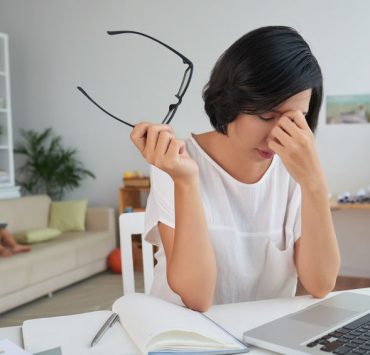We are all aware of the impact that Covid 19 has had on on our lives. We have seen record jobs losses,a drop in the economy and of course the very sad loss of life.
The world of work has changed with some saying the change is permanent. Working from home is now the norm and our lives now revolve around Zoom.
However there is one worrying aspect of the pandemic that has not been highlighted till recently. Whilst the UK and much of the world are experiencing recessions, much less is said about the ‘shecession’.
What is the SHEcession?
The shecession characterises the disproportionate impact the pandemic has had on working women.
Since the start of lockdown, the UK has shed almost 700,000 jobs. Female dominated industries such as retail and hospitality have been most affected and the female unemployment rate currently stands at 17%, compared to 13% for men.
Women’s earnings have been reduced by 12.9 %, almost double the reduction for men. A recent survey highlights the fact that women have seen a reduction in working hours during the lockdowns. Almost half of the women surveyed reported a drop in disposable income. There was no such change in income for men. In fact, globally, women account for 39% of global employment but make up 54% of overall job losses. It is predicted that, globally, the pandemic will set women back to 2017 levels, by the end of 2021.
There are a number of factors contributing to this phenomenon. Firstly women are most likely to take on the bulk of childcare and caring responsibilities. This has forced women to reduce their working hours or leave the labour market altogether.
Secondly, women make up a signifcantly bigger share of workers in industries that have been most affected by the pandemic. Industries like retail and hospitality have suffered huge losses , with almost 80,000 jobs lost between them to date.
What Can We Do To Fight The SHEcession?
Increased Flexibility
Key to encouraging women to remain in the workplace will be improving flexibility and childcare provision. Employers should use this as an opprotunity to introduce flexible working regimes that women do not need to choose between their jobs and childcare.
Role Models
The pandemic has robbed us all of those organic office water cooler moments where we can network with colleagues. We have never felt so isolated which means that many of us feel we are holding it together on our own. Giving women the opportunity to work with or be mentored by other women would help reduce that sense of isolation. Shining the spotlight on role models will give women the motivation to help achieve their career goals.
Prioritise Mental Health and Wellbeing
Given the extra financial and emotional pressures women are facing due to the pandemic, it is unsurprising that this would be impacting their mental health. Employers will need to prioritise the importance of well being, work life balance and the general health of their employees.
Are you experiencing the Shecession? How do you think these issues can be resolved? Let us know your thoughts below.





